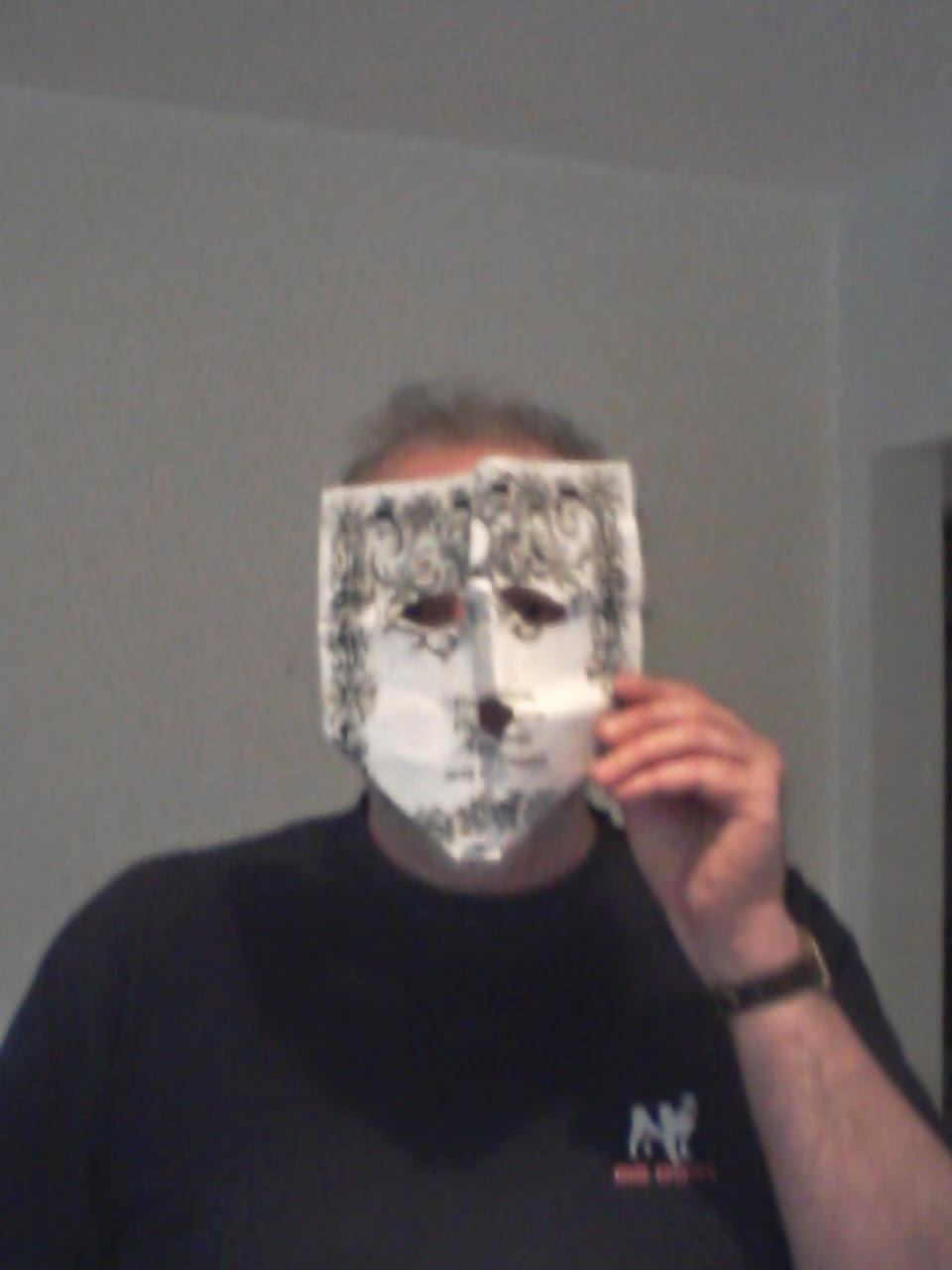Contining the theme of personal objects discarded or lost by individuals, Riverbed Rotherhithe is a collection of photographs of everyday things that have somehow made their way into the Thames and been washed up on its shores. Like the artefacts from the Pompeii exhibition reviewed recently, each one of these objects is, in itself, apparently trivial. And yet there is a story waiting to be written about each of them if you think slightly deeper. What was on the cassette tape? Why did Miss S. Jamieson cut her credit card in two and throw it in the river? Did a modern-day Cinderella lose her black patent leather shoe while running from her handsome prince, and did he ever catch her? What is the story behind the handle and mechanism from the safe? What did it contain and how did it end up in the river? Who threw their mobile phone into the river and why? And, most importantly, what dark and dastardly deed lurks behind the discarded rubber chicken? Murder most fowl?
This is Mary Fitton's first exhibition, and I long to see more of her work (I hear that one of her favourite subjects for holiday snaps is doorways). Over the last 20 years, Mary - librarian, ukelele player and photographer - has been visiting the reaches of the Thames at Rotherhithe to seek out the seemingly everyday bits and pieces that are discarded or lost and end up as flotsam on the shingle. Around 50 images, along with the items themselves, are on display at the Oxford House Gallery in Bethnal Green, and each asks more questions than they give answers, if you are feeling in a philosophical mood. If you're not, then WYSIWYG - what you see is what you get - beautifully shot images of unconsidered trifles, discarded items of no further use, framed by the river-washed pebbles in which they were found. You can almost hear the slow lap of the muddy waves, the wash from a passing boat, the indignant squawk of a solitary seagull.
Prints can be bought framed or unframed, and there is also a range of good quality postcards for sending or displaying. The only major disappointment is that the rubber chicken isn't one of them. Riverbed Rotherhithe runs until 30th April. Admission free.
Images are (c) Mary Fitton and reproduced with the artist's permission



















